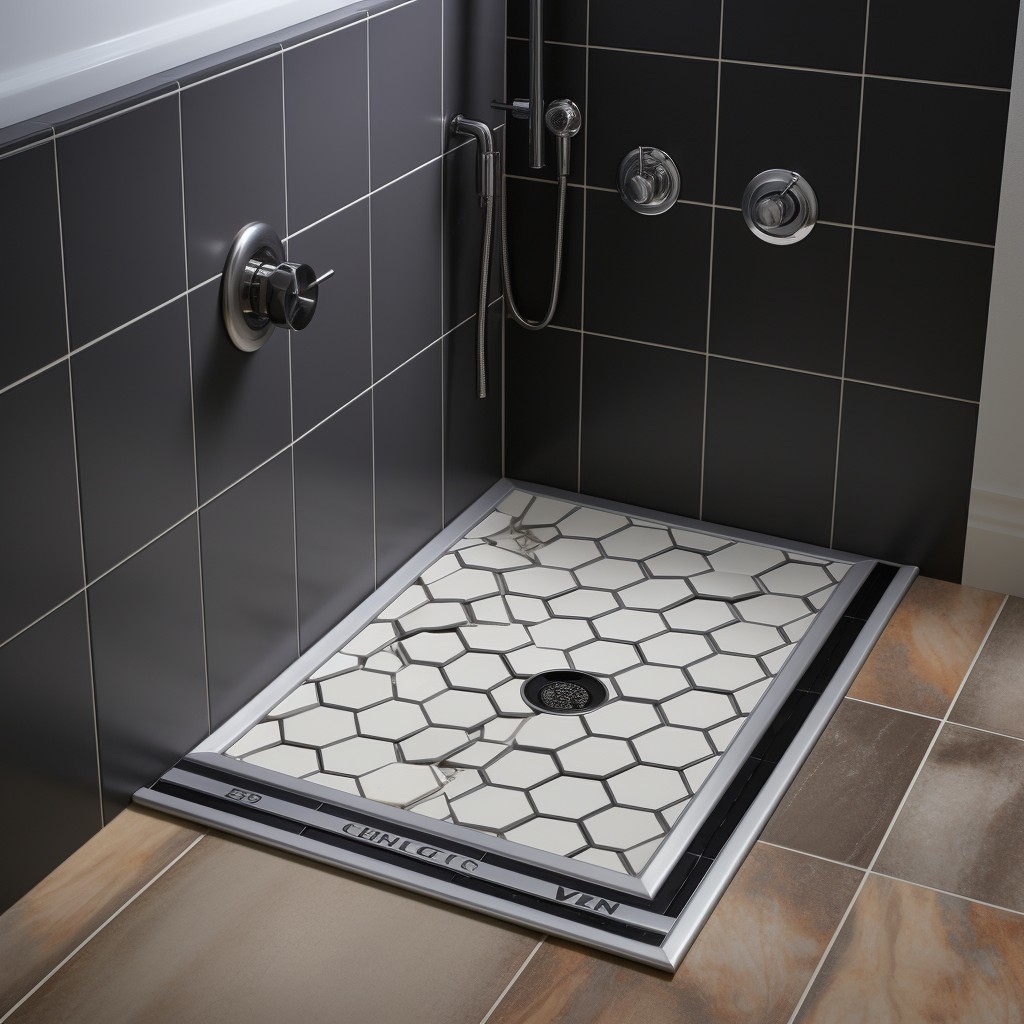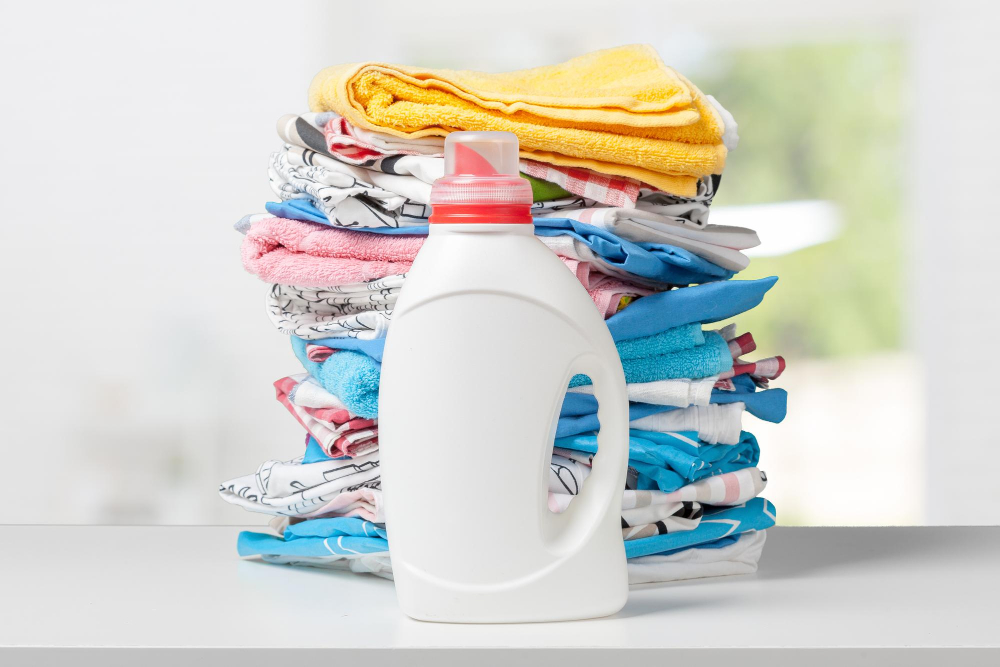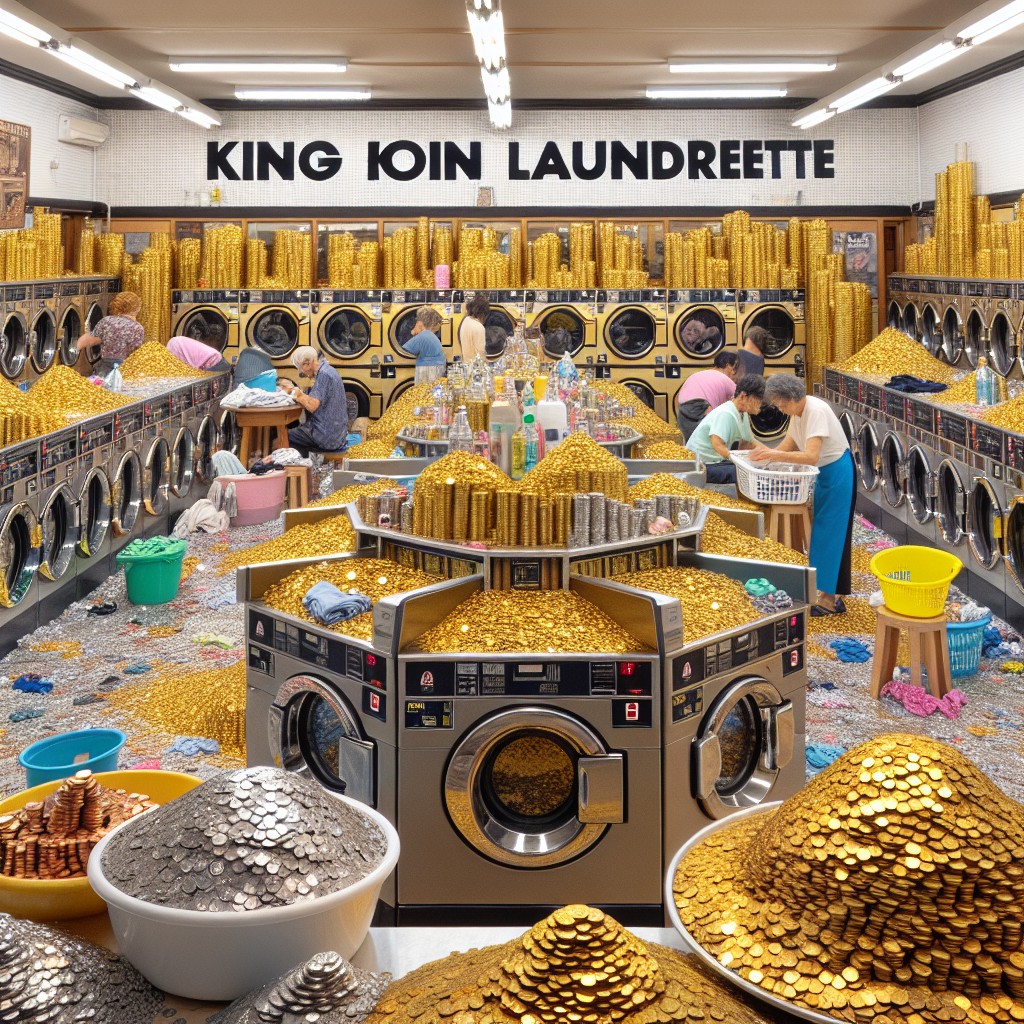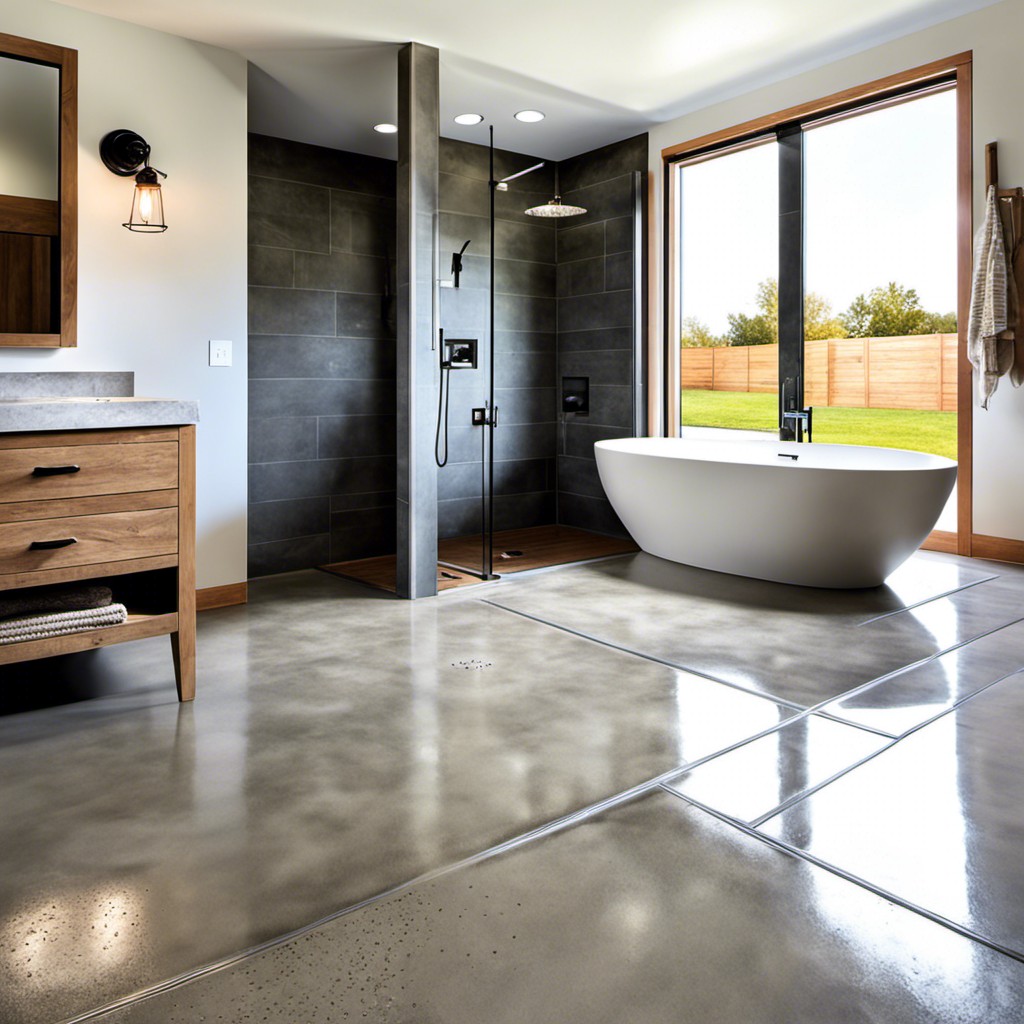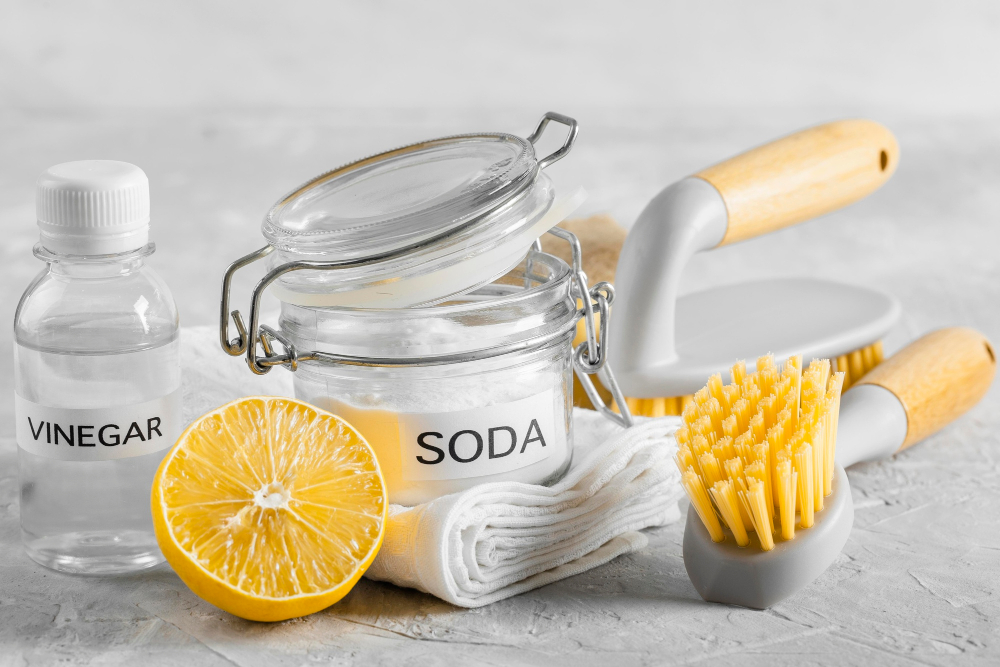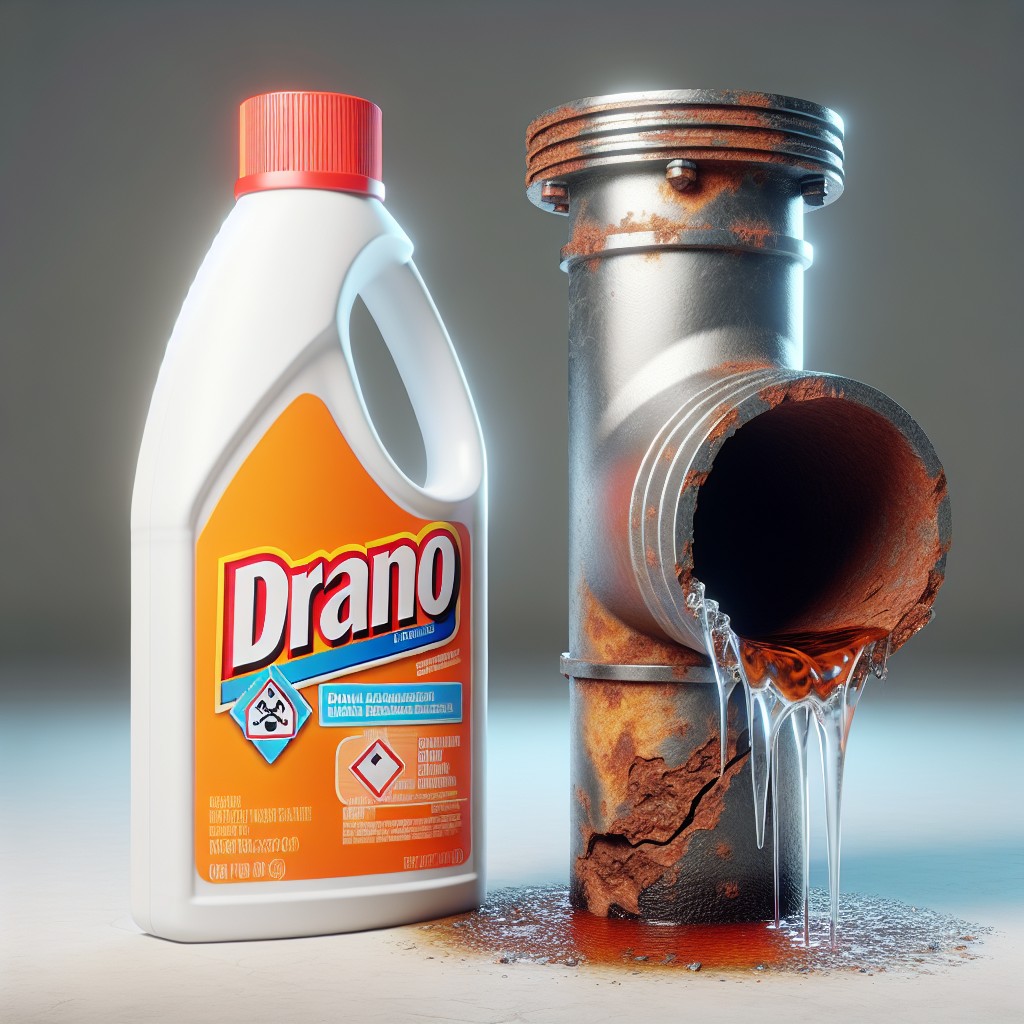Last updated on
Discover innovative alternatives to traditional washing machine drain pans, ensuring your laundry room remains safe and dry without compromising on style or functionality.
Are you tired of dealing with the hassle of a washing machine drain pan? Maybe you don’t have the space for one or perhaps you just don’t want to spend money on something that’s not aesthetically pleasing. Whatever your reason may be, there are alternative options available that can still protect your floors from potential water damage.
In this article, we’ll explore some creative and budget-friendly alternatives to traditional washing machine drain pans. Say goodbye to clunky and unattractive drain pans and hello to stylish solutions that won’t break the bank!
Understanding Washing Machine Drain Pans
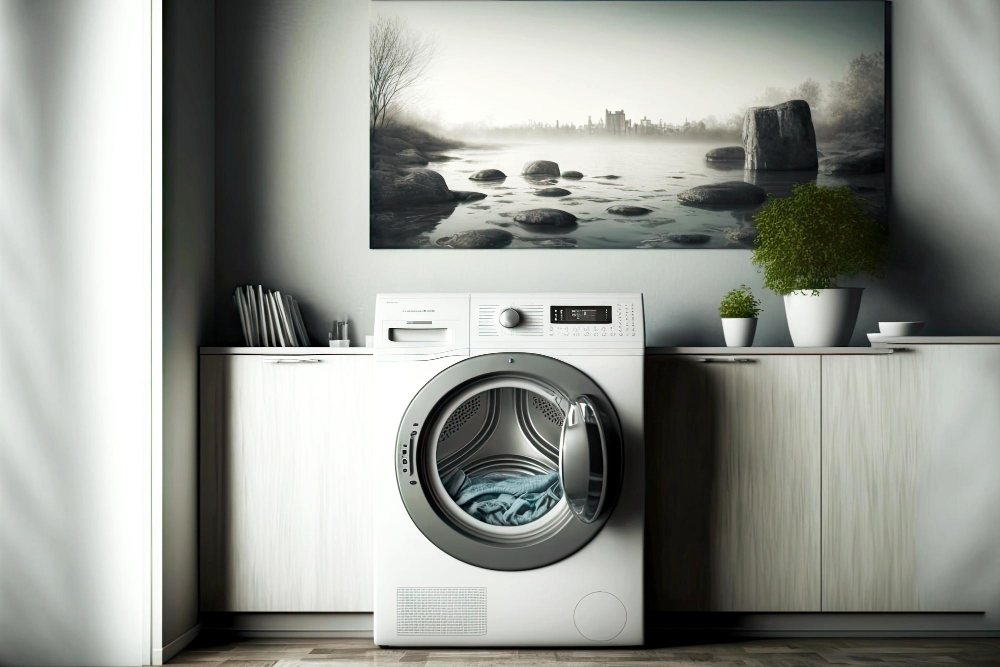
They come in various sizes and materials, but their primary purpose is to protect your floors from water damage. However, traditional drain pans can be bulky and unattractive, making them a less than ideal option for homeowners who want a stylish laundry room.
Understanding the function of washing machine drain pans is crucial when considering alternative options. Drain pans are typically installed underneath the washing machine and connected to a drainage pipe or hose that leads outside or into another plumbing fixture such as a sink or floor drain.
While they serve an essential purpose in preventing costly water damage caused by leaks or overflows, traditional plastic drip trays can crack easily under pressure and metal ones can rust over time leading to potential health hazards due to mold growth.
Why Consider Alternatives
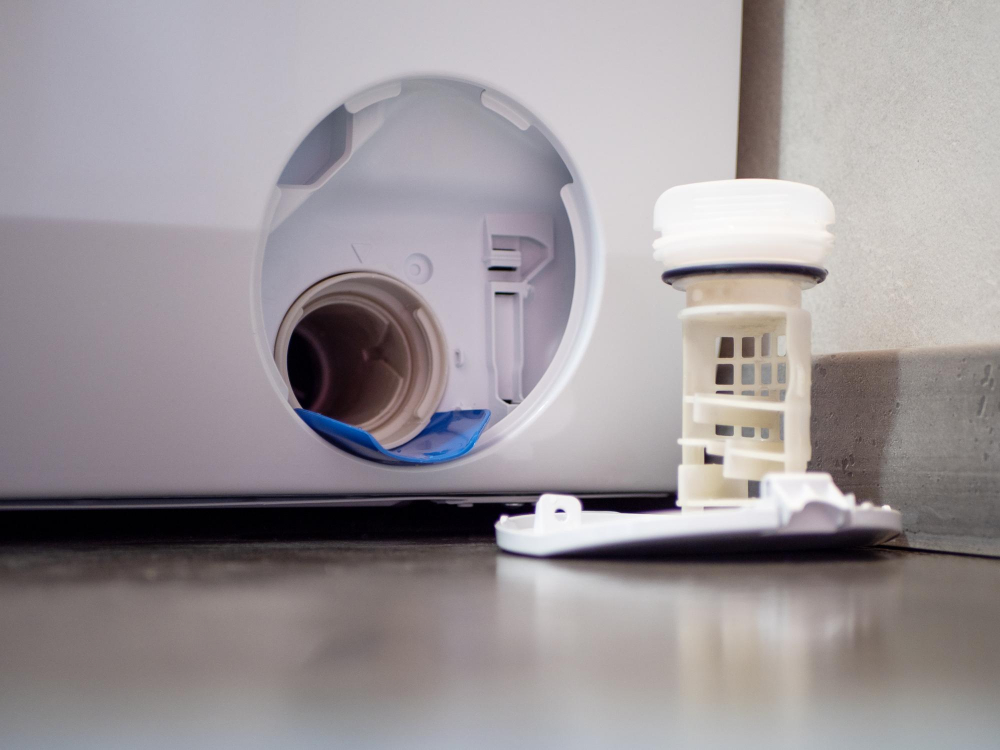
They take up valuable space in your laundry room and may not fit with your decor style. They require regular cleaning to prevent mold growth or unpleasant odors from stagnant water.
This is why it’s important to consider alternative options for protecting your floors from potential water damage caused by a leaking washing machine. Not only do these alternatives offer more flexibility in terms of design and functionality but they also tend to be more budget-friendly than traditional drain pans.
By exploring the various alternatives available on the market today, you can find a solution that fits both your practical needs as well as aesthetic preferences without compromising on safety or quality.
Signs You Need a Drain Pan Alternative
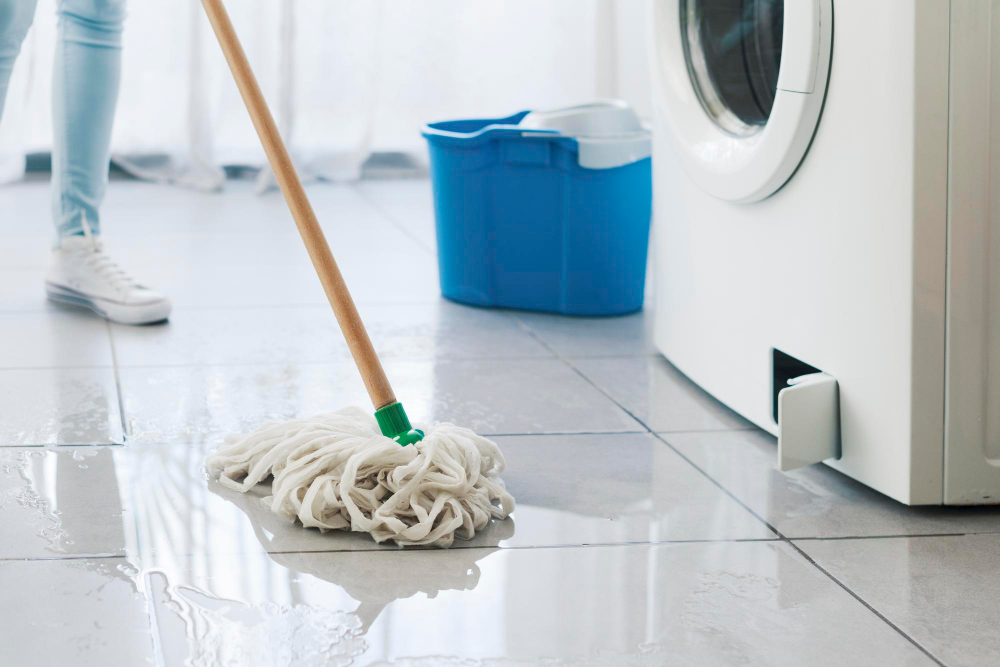
Firstly, if you notice water pooling around your washing machine after each cycle or detect a musty odor in the laundry room, this could indicate that there is moisture buildup and potential water damage. Secondly, if you have wooden floors or carpets in close proximity to your washer and dryer setup, they are at risk of being damaged by excess moisture over time.
Thirdly, if local building codes require a drain pan but traditional options don’t fit with your decor style or space limitations – then an alternative option might be just what you need! By recognizing these warning signs early on and taking action accordingly with one of our suggested alternatives – such as customized drip trays or leak-proof flooring solutions – homeowners can avoid costly repairs down the line while still maintaining their desired aesthetic appeal.
DIY Drain Pan Options
One of the simplest ways to make a DIY drain pan is by using a large plastic tray or container that’s big enough to fit under your washing machine. You can find these at most home improvement stores or online retailers.
Another popular option is building your own wooden platform with raised edges that will contain any water spills from the washer. This method requires some basic carpentry skills but it allows for customization in terms of size, shape, and design.
For those who prefer metal over plastic or wood, repurposing an old oil drip pan could also work as an effective solution for catching leaks from the washer.
While making your own drain pan may seem like a fun project to tackle on weekends, it’s important to keep in mind that not all homemade options are created equal when it comes to durability and effectiveness.
Commercial Drain Pan Alternatives
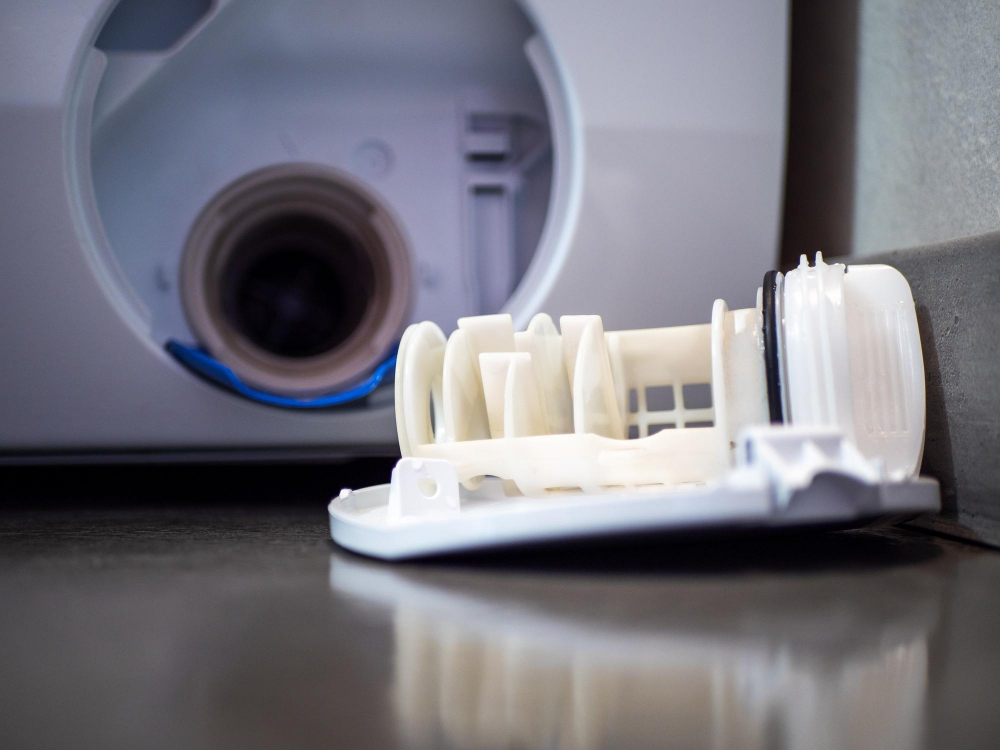
These products come in various sizes and materials to fit your specific needs. Some popular options include plastic drip trays with built-in drains that can be easily installed under your washing machine.
Another option is a metal catch pan that sits underneath the washer and has an attached drain hose for easy water disposal. These pans are typically made of stainless steel or galvanized metal for durability and longevity.
While commercial drain pans may cost more than DIY options, they often come with warranties and provide peace of mind knowing that they have been designed specifically to prevent water damage caused by washing machines.
When considering commercial alternatives, it’s important to choose one that fits both your budget and space requirements while also ensuring it meets local building codes.
Plastic Washing Machine Drain Pan Alternatives
They can be bulky and unattractive, taking up valuable space in your laundry room. Fortunately, there are alternative plastic options available that offer the same level of protection without sacrificing style or functionality.
One option is a low-profile plastic drip tray that fits directly under your washing machine. These trays come in various sizes to accommodate different machines and have raised edges to contain any potential leaks or spills.
They’re also easy to clean with just soap and water.
Another alternative is a custom-fit plastic pan designed specifically for your washing machine model. These pans fit snugly underneath the washer without taking up too much space while still providing ample protection against leaks.
When considering plastic alternatives, it’s important to choose high-quality materials that won’t crack or warp over time due to exposure from hot water or harsh chemicals commonly used in laundry detergents.
Metal Washing Machine Drain Pan Alternatives
These pans come in various sizes, shapes, and materials such as stainless steel or aluminum. They can be customized to fit your specific needs and preferences.
One of the benefits of metal drain pans is their strength and durability. They are resistant to corrosion, rusting, cracking or breaking under pressure which makes them ideal for heavy-duty use.
Metal options also offer better heat resistance than plastic ones.
Another advantage is that they look sleeker compared to plastic alternatives which may not blend well with modern decor styles. Metal options have an industrial feel that adds character to any laundry room design while providing reliable protection against water damage.
When choosing a metal washing machine drain pan alternative it’s important to consider the size of your washer as well as local building codes requirements regarding drainage systems installation in homes.
Customized Washing Machine Drain Pan Alternatives
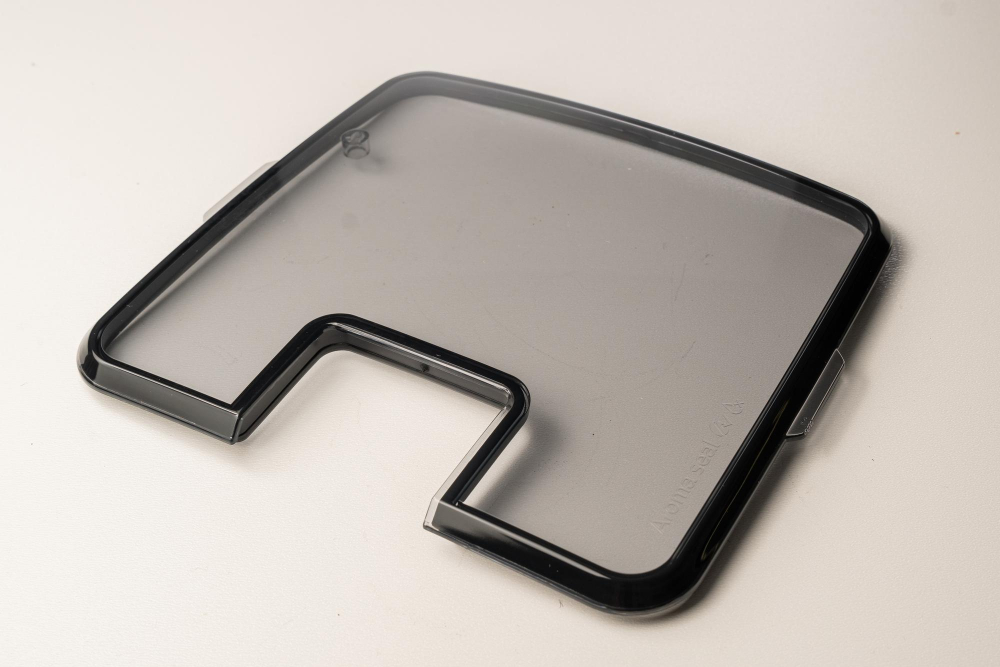
Customized options can be made to fit any size and shape of your washing machine, ensuring maximum protection against water damage.
One popular customized option is to use a metal drip tray that matches the dimensions of your washer. These trays are typically made from stainless steel or aluminum and can withstand heavy loads without cracking or breaking.
Another customizable solution is using plastic sheets cut to size and placed under the washer. This method requires careful measurement but offers flexibility in terms of design as it allows homeowners to choose their preferred color scheme.
When considering customizing alternatives, ensure that they meet local building codes before installation. It’s also important not only to consider aesthetics but functionality as well when choosing materials for customization.
Importance of Drain Pan Size
It’s important to choose a drain pan that can accommodate the size of your washing machine and leave enough room for any potential leaks or spills. A drain pan that is too small may not be able to contain all the water, while one that is too large may take up unnecessary space in your laundry room.
When selecting a new drain pan, measure the dimensions of your washing machine and ensure you choose an appropriate size. If you’re unsure about which size would work best for you, consult with a professional plumber or contractor who can provide guidance based on local building codes.
Remember: it’s better to have a slightly larger than necessary draining solution than one that doesn’t fit properly under your washer.
Understanding Local Building Codes
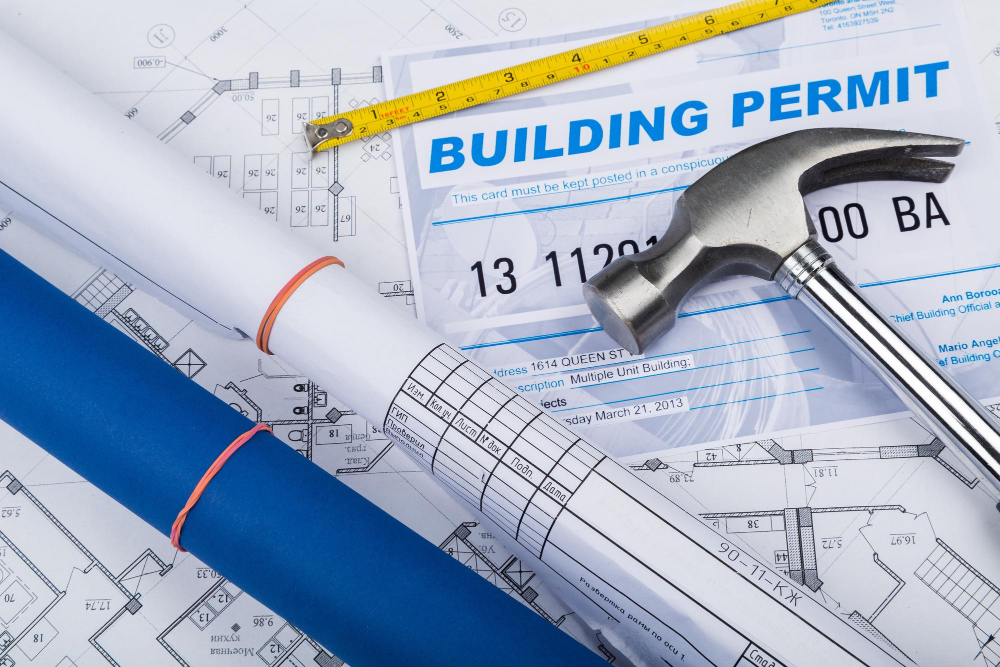
These codes vary from state to state and even city to city, so what may be acceptable in one area may not be allowed in another. Some areas require specific materials or sizes for drain pans or drip trays, while others have regulations regarding the placement of appliances near walls or other fixtures.
To ensure that you are following all necessary guidelines and avoiding any potential fines or penalties, it’s crucial that you research your local building codes before installing any type of washing machine drain pan alternative. You can typically find this information online through your city government website or by contacting a local inspector.
Choosing the Right Material
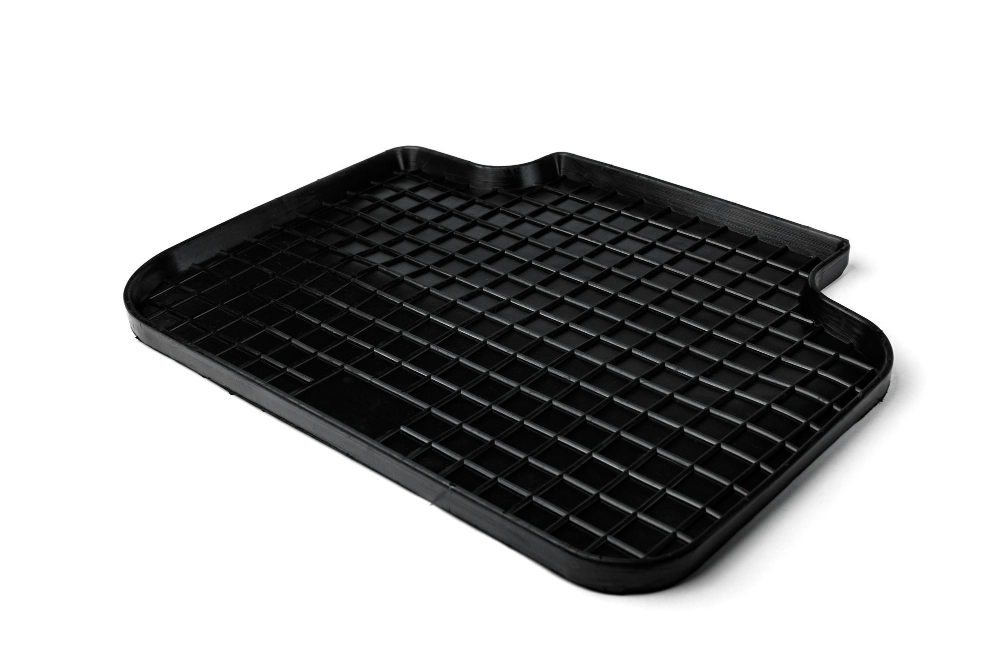
First and foremost, you want a material that is durable and can withstand the weight of your washing machine without cracking or breaking. Secondly, you want something that is resistant to water damage and won’t corrode over time.
Plastic options such as polypropylene or PVC are popular choices due to their affordability and lightweight nature. However, they may not be as sturdy as metal alternatives.
Metal options like aluminum or stainless steel offer durability but come at a higher cost than plastic alternatives. They also tend to be heavier which could make installation more difficult.
Another option worth considering is rubberized materials like EPDM (ethylene propylene diene monomer). These materials provide excellent resistance against water damage while being flexible enough for easy installation in tight spaces.
Installing Drain Pan Alternatives

The installation process will vary depending on the type of alternative you choose. However, there are some general guidelines to follow.
Firstly, ensure that your washing machine is turned off and unplugged before installing any drain pan alternatives. Next, remove the washer from its current position and place it aside temporarily.
If you’re opting for a DIY solution such as a drip tray or customized wooden box with waterproof lining material inside – measure out where exactly under your washer this should be placed so water can flow into it easily without overflowing onto surrounding surfaces.
For commercial options like plastic or metal pans – make sure they fit snugly underneath your appliance before securing them in place with screws or adhesive tape if necessary (depending on what kind).
Proper Maintenance of Alternatives
This will ensure that it continues to function effectively and protect your floors from water damage.
One of the most important things you can do is regularly check for any signs of wear or damage. If you notice any cracks or leaks, address them immediately before they become bigger problems.
It’s also a good idea to clean your drain pan alternative on a regular basis. Use mild soap and warm water to wipe down the surface and remove any dirt or debris that may have accumulated over time.
If you’re using a plastic drain pan alternative, be sure not to place anything too heavy on top of it as this could cause cracking or other types of damage. Similarly, if you’re using a metal option, avoid exposing it directly to harsh chemicals which could cause corrosion over time.
Safety Tips and Precautions
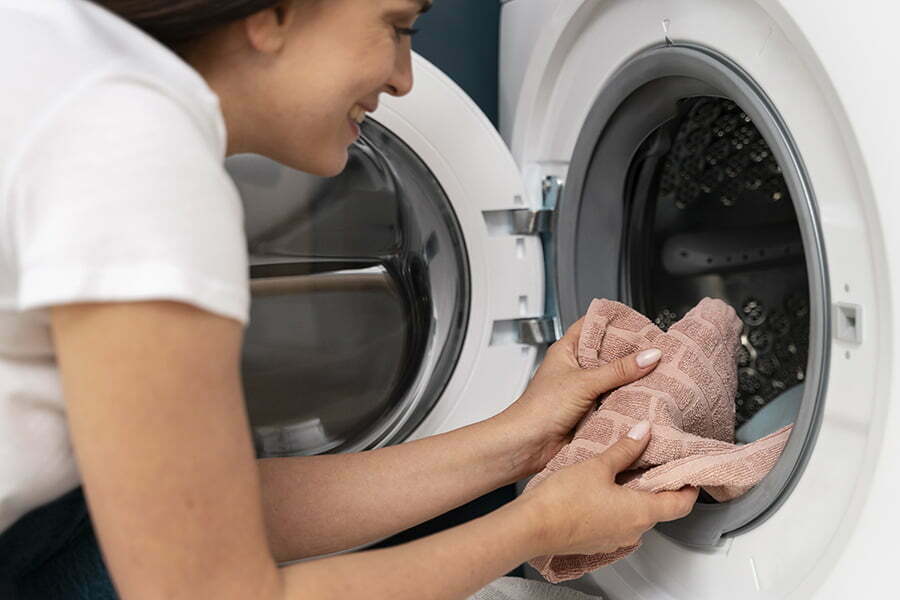
While these options can help prevent water damage and keep your laundry room looking great, they also require proper installation and maintenance to ensure they function as intended.
One important safety tip is to choose the right size drain pan alternative for your washing machine. A pan that’s too small won’t provide adequate protection against leaks or spills, while one that’s too large could create tripping hazards or interfere with other appliances in the room.
It’s also essential to follow all manufacturer instructions when installing any type of drain pan alternative. This includes ensuring proper placement and securing the device firmly in place so it doesn’t shift during use.
Regular maintenance is another key aspect of keeping your laundry room safe from potential water damage. Be sure to inspect your chosen alternative regularly for signs of wear or damage, such as cracks or rusting metal components.
Homeowner’s Insurance and Drain Pan Alternatives
It provides financial protection against unexpected events such as natural disasters, theft, and accidents. However, it’s important to note that not all homeowner’s insurance policies cover water damage caused by washing machines or other appliances.
This is where drain pan alternatives come in handy.
By installing a drain pan alternative for your washing machine, you can prevent potential water damage to your floors and walls. In the event of a leak or overflow from your washer, the alternative will catch any excess water before it causes significant harm.
It’s crucial to check with your homeowner’s insurance provider about their coverage policy regarding appliance-related damages before purchasing any drain pan alternatives for added protection in case of unforeseen circumstances.
Implementing a Drip Tray
A drip tray is essentially a shallow container that sits underneath your washing machine and catches any water that may leak out during the wash cycle. These trays are typically made of plastic or metal and come in various sizes to fit different types of machines.
One advantage of using a drip tray is its versatility – it can be used with any type or size of washing machine, making it an ideal option for those who have limited space in their laundry room. Some models come equipped with wheels which make them easy to move around when needed.
When choosing a drip tray, ensure that it has raised edges so as not to overflow onto your floors. It’s also important to regularly check the condition of the tray and clean up any accumulated water or debris promptly.
Exploring Leak-Proof Flooring
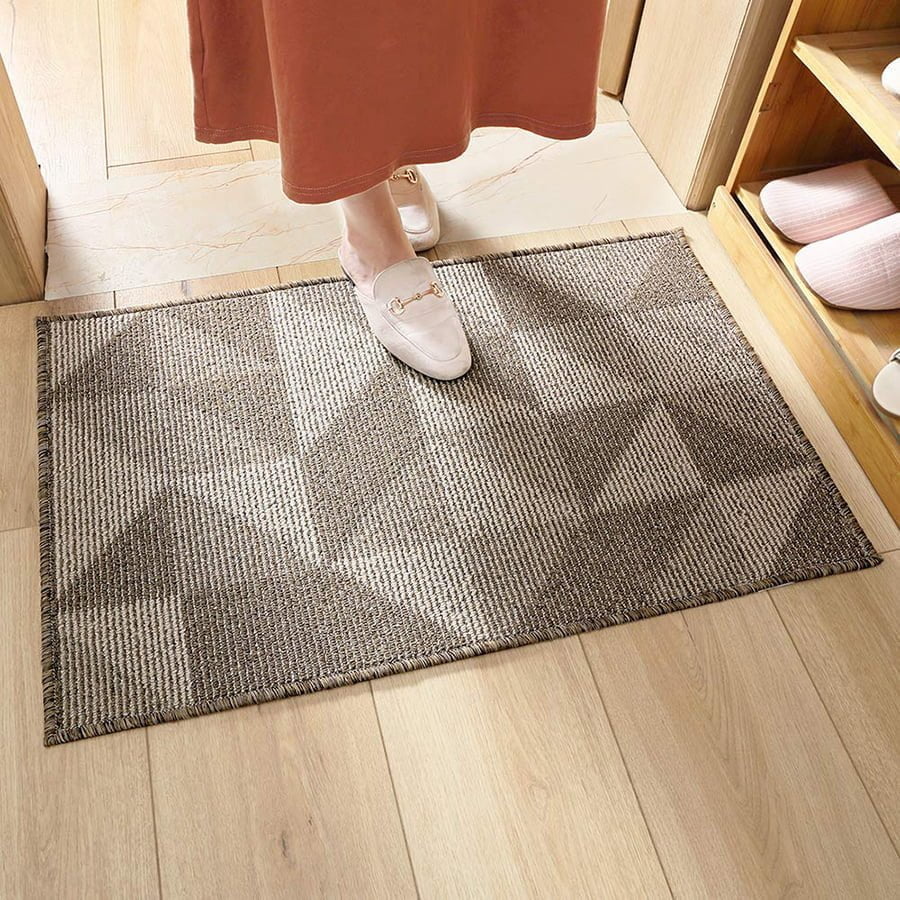
This type of flooring is designed to withstand water damage and prevent leaks from seeping through the surface. There are several options available, including vinyl plank, ceramic tile, and epoxy coatings.
Vinyl plank flooring is an affordable option that mimics the look of hardwood floors while providing waterproof protection. It’s easy to install and maintain but may not be as durable as other materials.
Ceramic tile offers a classic look with excellent durability against water damage. However, it can be challenging to install without professional help and may require regular maintenance over time.
Epoxy coatings provide an industrial-grade sealant that creates a seamless barrier between your washing machine and the floor beneath it. While this option requires professional installation due to its complexity in application process; however once installed properly they offer long-lasting protection against any potential leaks or spills.
Cost Comparison

Traditional drain pans can be expensive and may not fit everyone’s budget. Fortunately, there are several affordable options available that won’t compromise on quality or functionality.
DIY options such as using a plastic storage container or repurposing an old baking sheet can cost as little as $10-$20. Commercially available plastic and metal drip trays range from $30-$100 depending on the size and material used.
Customized solutions like built-in cabinetry with integrated drip trays will likely be more expensive but offer added benefits such as increased storage space in your laundry room.
It’s important to keep in mind that while some alternatives may have a higher upfront cost than others, they could save you money in the long run by preventing costly water damage repairs.
Ultimately, choosing the right washing machine drain pan alternative depends on your specific needs and budget constraints.
FAQ
Is a washing machine drain pan necessary?
A washing machine drain pan is not necessary but recommended, especially for upstairs laundry rooms, as they provide inexpensive and simple protection against water damage from leaks and hose breakage.
How important is a washing machine pan?
A washing machine pan is important as it catches water overflow, prevents leakage damage, and protects the floor against condensation.
How do you drain a washing machine without a drain?
To drain a washing machine without a drain, place a shallow container under the drain pump filter, slowly turn the knob on the filter to release water, fill the container, turn off the knob, empty the container into a sink or basin, and repeat until all water is drained.
What are the best materials to use for an alternative washing machine drain pan?
The best materials to use for an alternative washing machine drain pan are stainless steel, heavy-duty plastic, and composite materials.
Can a DIY washing machine drain pan be as effective as a store-bought one?
A DIY washing machine drain pan can be as effective as a store-bought one if constructed properly using durable and watertight materials.
What are the potential risks involved in not using a washing machine drain pan?
Potential risks involved in not using a washing machine drain pan include water damage to floors, walls, and surrounding areas due to potential leaks or overflow.
Recap
Liked this article? Here's what you can read next:
